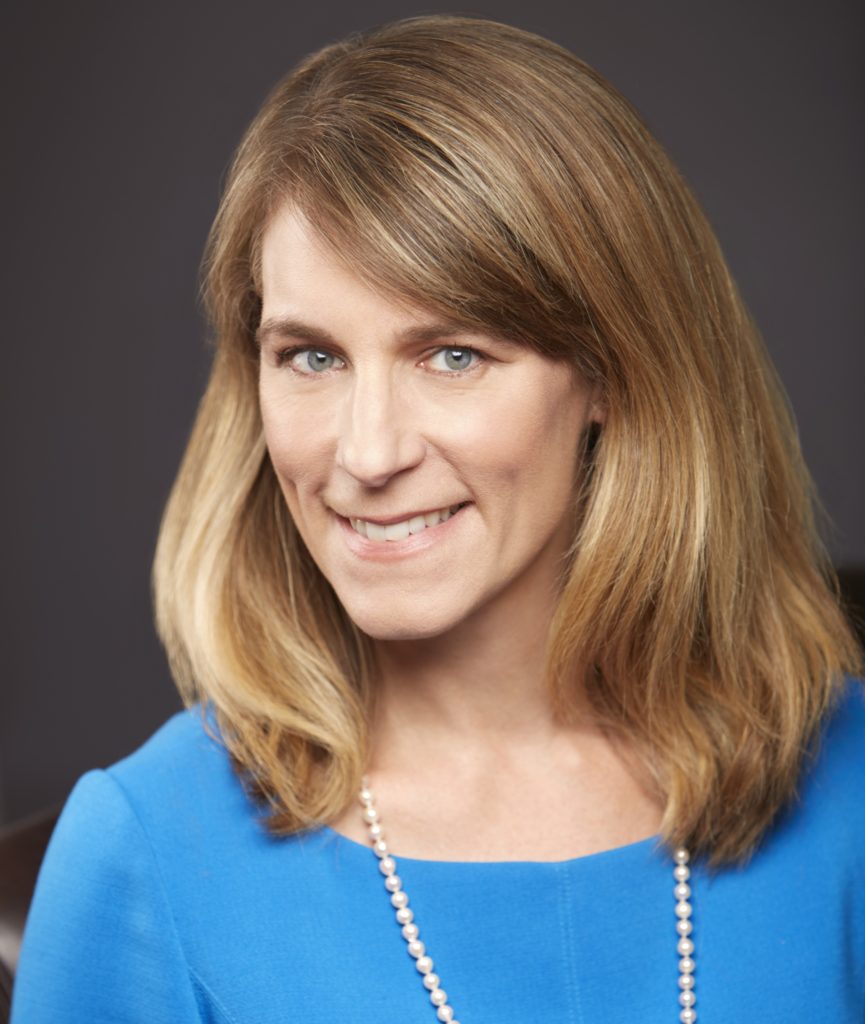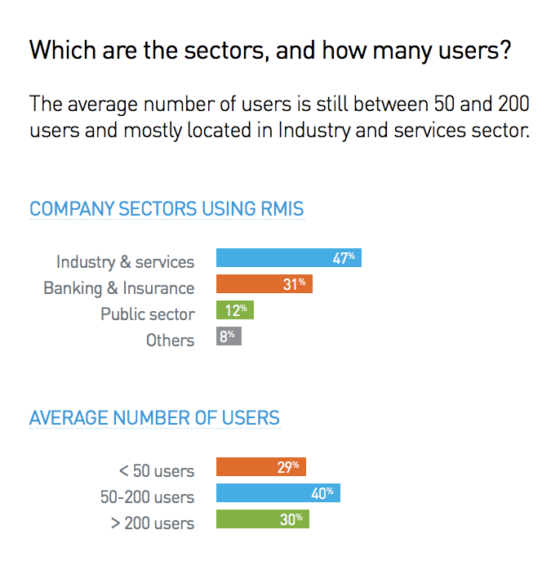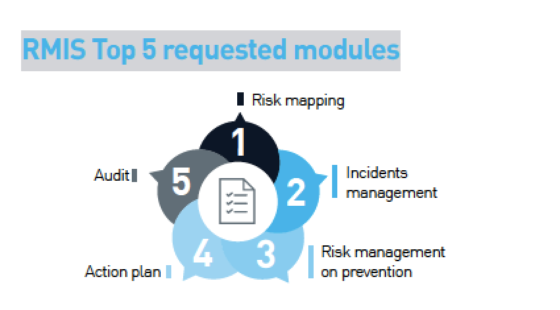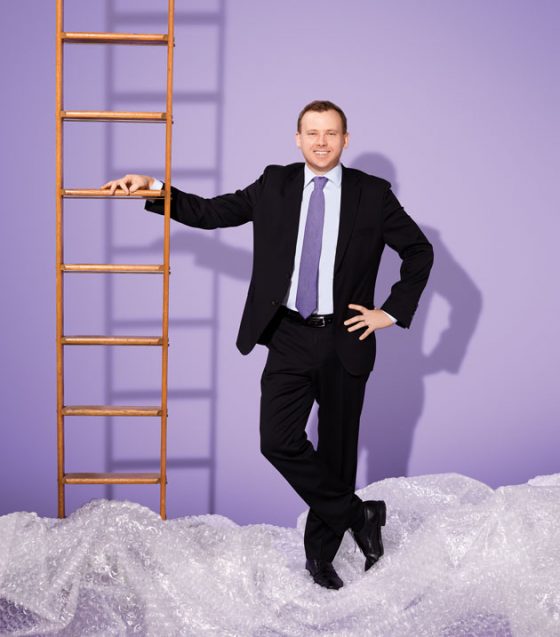 At next month’s RIMS ERM Conference 2019, the opening keynote speaker will be Gretchen Anderson, director of the Katzenbach Center at PwC and co-author of The Critical Few: Energize Your Company’s Culture by Choosing What Really Matters. Her address will aim to provide risk professionals with a playbook for successful enterprise-wide culture change. She recently sat down with Risk Management Monitor for a preview, discussing the relationship between culture and productivity and the role of risk management in helping drive change.
At next month’s RIMS ERM Conference 2019, the opening keynote speaker will be Gretchen Anderson, director of the Katzenbach Center at PwC and co-author of The Critical Few: Energize Your Company’s Culture by Choosing What Really Matters. Her address will aim to provide risk professionals with a playbook for successful enterprise-wide culture change. She recently sat down with Risk Management Monitor for a preview, discussing the relationship between culture and productivity and the role of risk management in helping drive change.
Many companies have hired you to help them institute culture changes. What are some unrealistic goals you encounter?
Gretchen Anderson: The unrealistic goals that we hear about when we’re talking about culture change often have to do with speed and type. Regarding speed, the mistake I often hear leaders make is when they say something like: ‘I need my company’s whole culture to change by a deadline.’ That could be in time for them to roll out a new operating model or in time for a new CEO who’s about to take charge. And I tell them it takes much longer than they think it will take. Nevertheless, there are ways you can think about speeding that up as long as you accept that you’re working on a timeframe of years, and not months.
The other unrealistic goal is thinking you can implant another organization’s culture into yours. You can’t just copy another culture and expect that to spark innovation. Think of an enterprise as an organism that has to adapt or reject new tissue; an idea will be rejected if it doesn’t line up with the ways that people already like to work.
Is culture change easier for smaller or larger enterprises?
GA: A small company has the ability to test and learn really quickly, especially if they need to shift the culture into one where its people can work more virtually or even where they hold meetings more effectively. Small organizations have the advantage of moving quickly but they don’t have as much evidence and data points later, and so they don’t always see the cumulative effects over time simply because they have comparatively fewer employees than larger enterprises.
What are the top factors/traits you have noticed that companies possessed when implementing a successful culture change?
GA: Everything about a cultural evolution involves taking it out of the realm of faith and bringing it into the realm of proof. It can’t just be about people liking their work better, organizations [need to get] people to really understand how their behaviors, habits, norms and way of working are going to help their business be successful.
As a consultant, what has your experience with risk professionals been like?
GA: The people in risk management are such careful observers of the way that we work, the way that work gets done and what people can bring to a solution. I think their voice needs to be really strong to facilitate a discussion about how culture supports the business.
One of the key takeaways from the 2018 ERM Conference was that risk managers need to earn their seat at the table, but they can also be the drivers of culture change. Which do you think should come first?
GA: I would absolutely say a seat at the table has to come first. Once risk managers earn that seat, they can track how effective the change is and then that becomes the case for further change. I think it’s really authentic to act your way into a new way of thinking because it acknowledges there’s always a level of experimentation and proof in trying to evolve your behavior.
For Anderson’s full interview and a deeper dive into culture change, click here to check out her episode of RIMScast.



